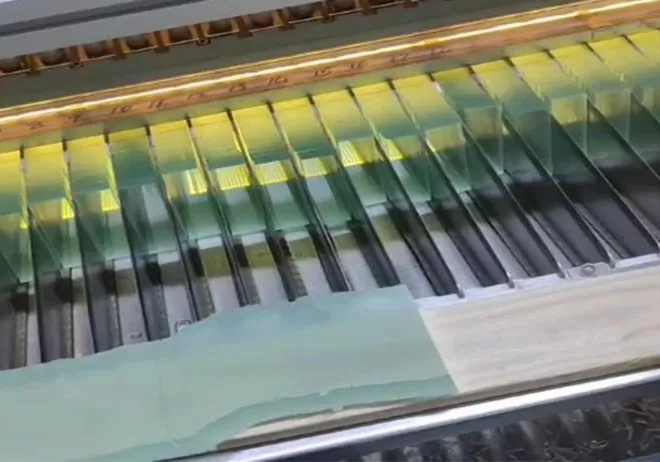Dec . 06, 2024 00:22 Back to list
one way glass cost
Understanding the Cost of One-Way Glass
One-way glass, often referred to as one-way mirror or two-way mirror, has gained popularity in various applications ranging from security monitoring to interior design. Its unique property, where one side appears reflective while the other remains transparent, has led to its widespread use in various industries. However, an important consideration for anyone looking to utilize one-way glass is the associated cost. In this article, we will delve into the factors that influence the cost of one-way glass and provide an overview of its pricing.
What is One-Way Glass?
Before discussing the costs, it is essential to understand what one-way glass is. One-way glass is a type of glass that has a reflective coating on one side. This reflective quality allows for visibility from one side while creating a mirror effect on the other side. The glass is often used in places like police interrogation rooms, observation chambers, and in certain retail environments for security purposes without compromising the aesthetic appeal.
Factors Affecting the Cost
Several factors influence the cost of one-way glass, making it essential for buyers to consider their specific needs and applications
1. Type of Glass The type of glass used for making one-way glass can significantly affect the price. Standard glass is often cheaper than tempered or laminated glass, which offers greater safety and durability. If the application requires high resistance to breakage, the costs will escalate.
2. Thickness One-way glass comes in various thicknesses, and thicker glass typically costs more. The thickness can influence strength, sound insulation, and energy efficiency, thus affecting overall costs.
3. Size The dimensions of the glass panels also play a vital role in determining the price. Custom sizes will often incur additional costs for cutting and handling compared to standard sizes.
one way glass cost

4. Coating and Treatment The reflective coating applied to the glass impacts the cost. Some coatings offer better durability or specific aesthetic qualities, and these premium options will incur higher fees. Additionally, if the glass needs to be treated for UV protection or anti-reflective properties, costs will increase accordingly.
5. Manufacturing and Shipping Costs The location of manufacturing and transportation logistics are also important considerations. Manufacturers located far from the purchasing destination may include shipping fees that drive the price higher. Moreover, any custom manufacturing processes can add to the overall cost.
6. Installation Depending on the complexity of the installation, labor costs can add significantly to the overall investment. Installation of one-way glass often requires professional handling, especially if it involves intricate designs or custom fits.
Average Cost Overview
Generally, the cost of one-way glass can range from $25 to $100 per square foot, depending on the factors outlined above. For example, a standard, less expensive option might be around $30 per square foot, whereas specialized, thicker varieties with advanced coatings could reach up to $200 per square foot.
For an average-sized window (about 3 feet by 5 feet), the cost could be anywhere from $450 to $1,500, including installation depending on the materials and complexities involved. It is vital for potential buyers to request quotes from multiple suppliers and assess their options before making a decision.
Conclusion
In conclusion, while one-way glass can offer significant benefits in terms of privacy and security, its cost can vary widely based on several factors. Understanding these elements can help potential buyers make informed decisions. Always compare different suppliers and consider the specific requirements of your project to ensure you get the best value for your investment. Whether for commercial, residential, or security purposes, one-way glass remains a versatile choice that can cater to a variety of needs while delivering aesthetic appeal.
-
Safety and Style with Premium Laminated Glass Solutions
NewsJun.24,2025
-
Reinvents Security with Premium Wired Glass
NewsJun.24,2025
-
Premium Float Glass Line for Modern Architecture
NewsJun.24,2025
-
Low Emissivity Glass for Energy-Efficient Architecture
NewsJun.24,2025
-
High-Performance Insulated Glass Solutions for Modern Architecture
NewsJun.24,2025
-
Elevates Interior Style with Premium Silver Mirror
NewsJun.24,2025
Related PRODUCTS














